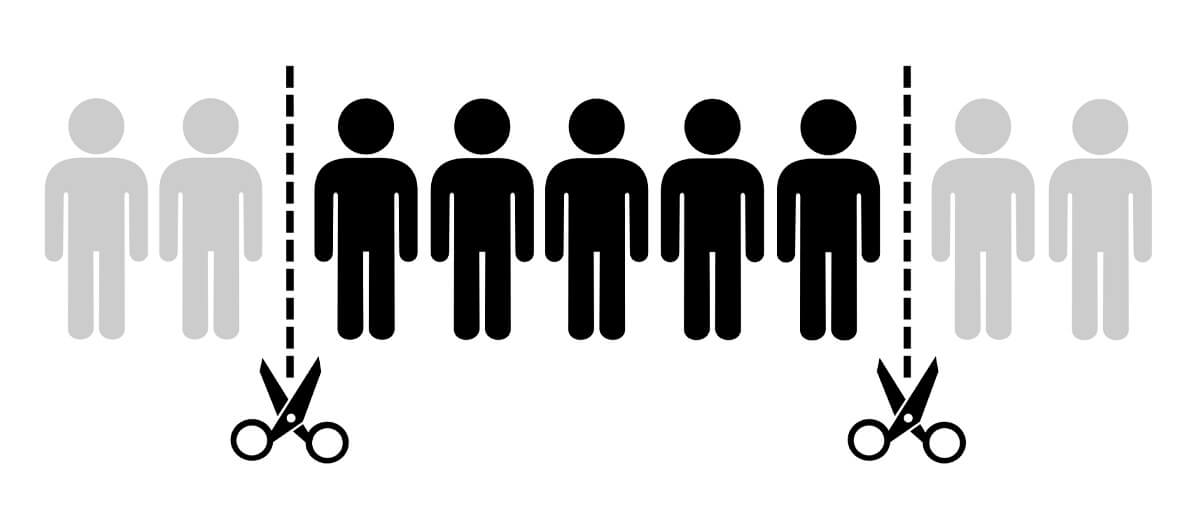In today’s digital landscape, running ads isn’t just about getting clicks—it’s about getting the right clicks. If you’re still relying on broad targeting or chasing raw impressions, you’re probably burning through your budget without seeing much return. The good news? You don’t need to spend more to get better results. You just need to spend smarter.
- Start with goals, then build the campaign
Before you spend a single dollar, define what success looks like. Is it purchases? Sign-ups? Time spent on site? Outbound clicks to lodging partners?
Too many campaigns start with the media buy and work backward. That’s like throwing darts with a blindfold on. Instead, let your goals determine everything—from platform choice to creative strategy.
If your objective is awareness, display ads and video may be effective. If you’re looking for conversions, you’ll need tighter targeting and a landing page that’s optimized for action.
- Ditch the “Spray and Pray” method
There was a time when wide-net targeting (think: entire U.S.) was common practice. It was good at driving traffic, but not necessarily quality traffic. We’ve worked with clients who targeted the whole country, only to learn later that nearly all their conversions came from Washington, Oregon, and Idaho.
The smarter approach starts with a wider net, but only temporarily. Once you’ve collected enough data, you narrow your targeting based on actual performance: geography, behavior, lifestyle, even device type.
For example, one of our Oregon hospitality clients had historically focused only on impressions. We layered in more sophisticated targeting based on on-site behavior; tracking things like outbound clicks to hotel bookings and time spent on key pages. The result? Higher-quality visitors, better ROI, and outperforming their KPIs by a longshot.
Results:
+1453% Lodging booking clicks
+509% Visitor guide downloads
+241% Outbound clicks
- Use data to refine, then refine again. And again.
One of digital marketing’s biggest advantages is flexibility. You’re not locked into a static billboard or or a long-term contract. You can change headlines, swap images, or reallocate budget in real time based on what’s working.
We constantly test different creatives, run A/B tests on calls-to-action, and monitor user behavior. Are people clicking the ad but bouncing off the site in two seconds? Time to revisit the landing page. Are they spending 45+ seconds and clicking outbound links? That’s the audience we double down on.
- Let the algorithms work for you
Google and Meta don’t just run your ads—they optimize them based on signals. That includes everything from the pages users visit to their previous purchases to their location and search history. If you give the algorithm a clear goal like, “I want to pay $5 for every newsletter signup,” it will work to deliver that specific result.
But you have to help it by feeding it good data. Tools like Google Tag Manager and GA4 allow you to track micro-conversions (like button clicks, scroll depth, and outbound links). The more you can teach the platform what “success” looks like, the better it can find more people who look like your best customers.
- Don’t use a shotgun blast. Target like a sniper.
Gone are the days when you had to be on TV to use video. Now, platforms like YouTube, Instagram, and programmatic video networks let you run targeted video ads to very specific audiences for a fraction of the cost.
One example: We ran a campaign for a ski-pass promotion tied to Subaru purchases. Instead of blasting out the message to everyone, we built a layered audience: people in-market looking for a Subaru and interested in skiing or snowboarding. The result? No wasted impressions, and much higher engagement.
You can also target using CRM lists, lookalike audiences, or even geofencing. Want to reach people who just left a competing business? Easy. Want to target recent arrivals to Hawaii from Houston? Today, these things are totally doable.
- Don’t forget the website experience
You can run the most beautifully targeted campaign in the world, but if your landing page is a mess, users will bounce, and platforms will penalize you for it.
Make sure your website is optimized for action:
- Clear CTA above the fold
- Fast load times
- Mobile-friendly design
- Landing pages that match the ad creative and message
Google assigns a “quality score” to your ads based on how well your landing page aligns with the ad. A bad experience won’t just lose you a customer, it’ll drive up your cost-per-click. But it’s easy to avoid with the right optimization.
- Exclude as much as you include
One overlooked trick for optimizing spend: exclusions. You can upload lists of people you don’t want to target like existing customers, job seekers, or people who’ve already converted.
If you’re running a campaign for a new program or promotion, exclude those who’ve already signed up. Why waste budget trying to re-convince the already convinced?
- Retargeting: the annoying ads that actually work
Yes, retargeting can be creepy. But it works. It’s the last push needed to get a lead already in the funnel through and to the point of conversion…plus, sometimes reminders are nice in our busy lives! Following users around the internet with tailored messages keeps your brand top of mind, especially when paired with smart sequencing (i.e. don’t show the same banner 27 times, show them different creative based on what they did last time).
People who’ve already interacted with your brand—clicked a button, visited a key page, stayed for more than a minute—are your warmest leads. Treat them accordingly.
Final Thought: Don’t just chase clicks. Chase value.
Clicks are cheap. Engagement isn’t. Anyone can drive up numbers with broad reach and generic messaging, but it doesn’t mean those clicks will lead to bookings, purchases, or sign-ups.
The most successful campaigns are ruthlessly optimized: built around clear goals, refined through real-time data, and executed with laser-focused targeting.
You don’t need more money—you need a better strategy. We can provide that.
Want to talk about your digital media strategy? Give Nate Parr a call at 503-380-1700 or email him. He loves to nerd out on this stuff.




